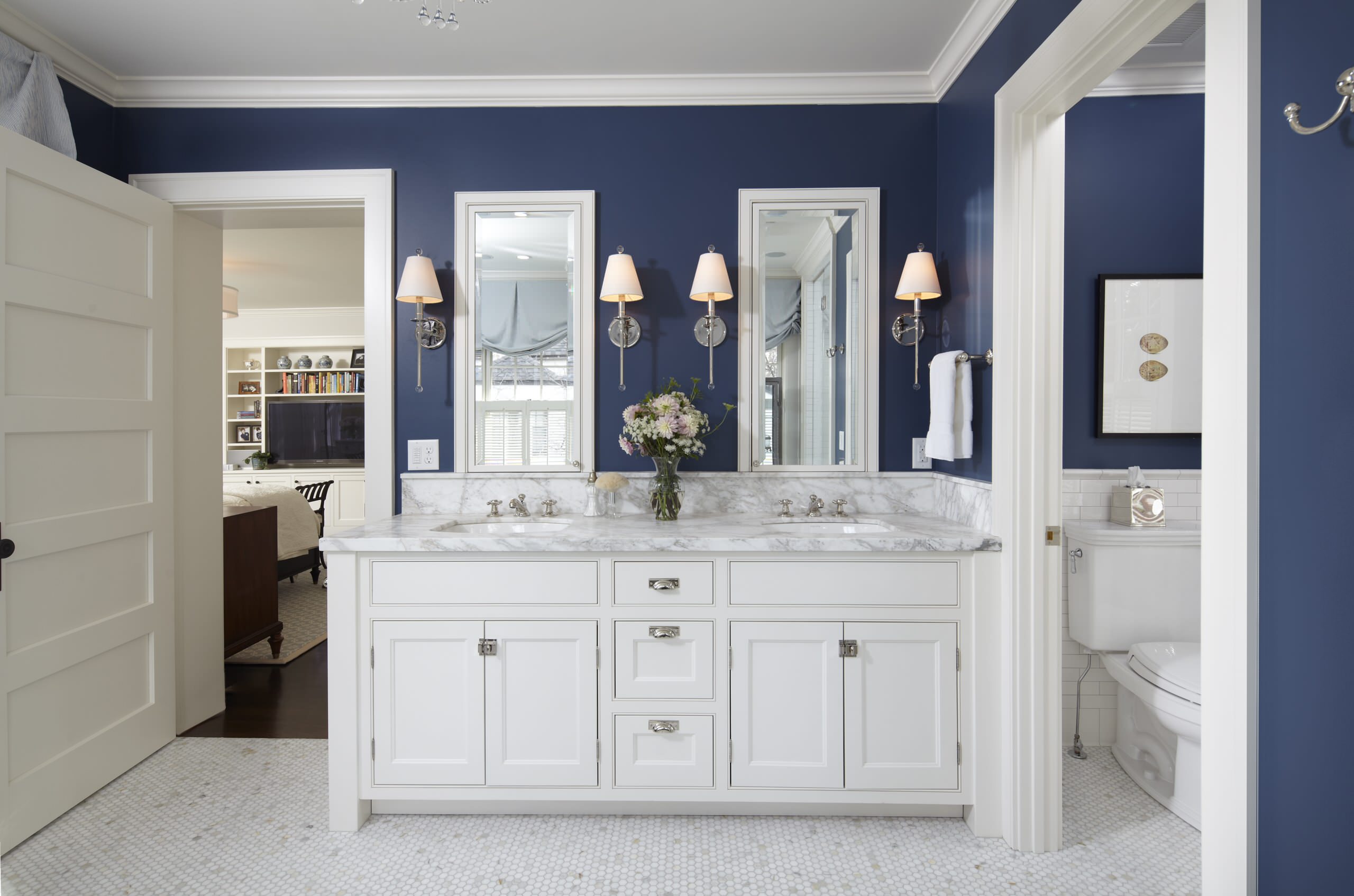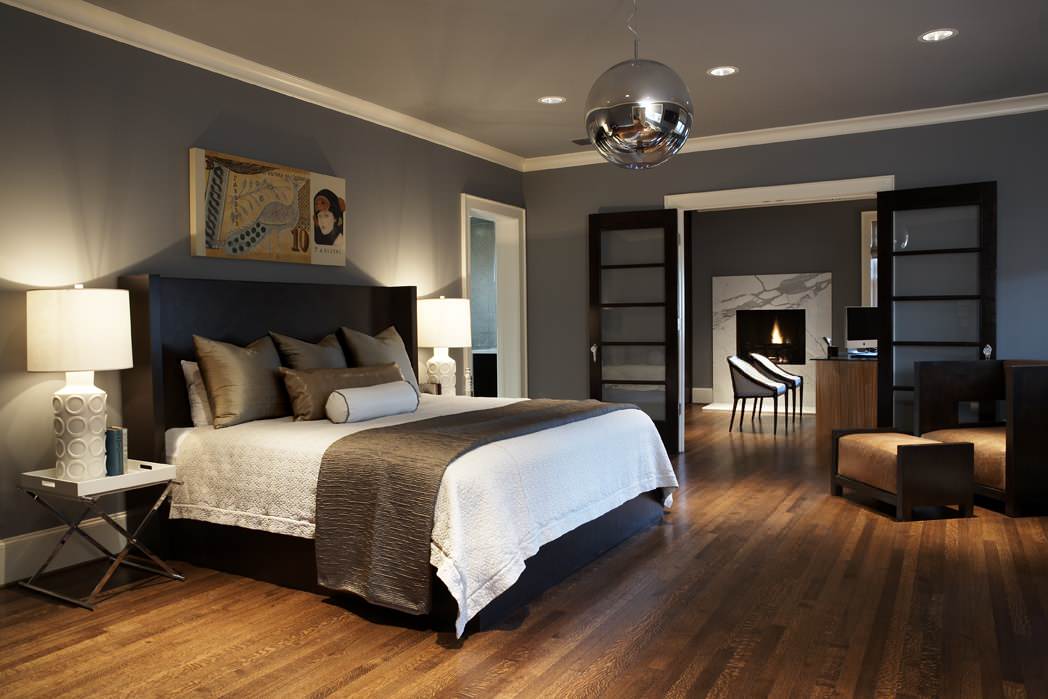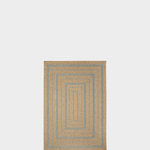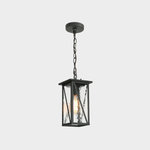Interior House Painting Cost Calculator
National AverageHow much does it cost to paint the interior of your house? The national average to paint the inside of a house ranges from for labor and materials. The total cost of your interior painting project will depend on a variety of factors, including the size of the room(s) you want to paint, the quality of paint you use, and labor costs in your ZIP code. Use this calculator to estimate the cost of your interior painting projects.
Estimate your project cost
Cost For an Interior Paint Job
What factors affect the cost of painting a room?
The cost to replace your roof depends on the following variables:
Room Size:
One of the biggest factors that will affect the price of your painting project is the square footage of the room you wish to paint. The size of your room will determine how much paint you need and how long the job will take. For example, a small bedroom will cost much less than an open-floor living room and kitchen. Similarly, the height of your ceiling will also affect the square footage of the area you need to paint.
Paint Brand:
The quality of paint you choose for your project will significantly impact the final cost. While more expensive brands can be worth it if you plan to stay in your home for a while, less expensive paints can be a good option if you are renting or simply painting your house before selling.
Paint Finish:
Besides the brand of paint, the finish can also affect the price. You’ll be able to choose from flat, eggshell, satin, semi-gloss or high-gloss, all of which will change how the paint color looks on your wall.
Labor:
Besides the square footage of your painting project, you’ll need to factor in the additional costs associated with painting trim work like doors, windows and baseboards. If you need to paint a ceiling, texture walls or repair them, your labor costs will increase. And remember, painters will need to apply primer prior to painting, which will add to the total labor cost.
Location:
As with most home improvement projects, the cost of labor and materials may vary depending on your geographic location. If you’re located in a metropolitan area or somewhere with a higher cost of living, expect to pay more.

Types of Paint Finishes
Below are the different types of paint finishes. To see how these different finishes affect your interior painting estimate, refer to the calculator above and update your finish type.
Back to Calculator
Flat:
Flat paint is the most affordable option, and it looks just as it sounds: it has a flat, or matte, finish with little to no gloss. If you want the focus to be on the bold colors of your walls, then a flat paint is the perfect choice. Flat paint is also ideal for walls with an uneven surface, as it will cover any imperfections. It is, however, more susceptible to damage than more premium finishes.
Eggshell:
Eggshell paint is a mid-range option with a subtle gloss. Like flat paint, it also will help conceal flaws on your walls, but it is slightly more durable. If you need to paint a high-traffic area but don’t want too much gloss, eggshell might be the best choice.
Satin:
Satin paint has a higher gloss than eggshell but comes at about the same price point. With its higher gloss, it must be applied with care, as imperfections will be more noticeable. Still, satin paint will be a bit more durable than eggshell.
Semi-Gloss:
A durable option with a high sheen, semi-gloss paint can be a more expensive option. Great for high-traffic areas, it’s easy to clean and will hide imperfections.
High-Gloss:
The most durable finish, high-gloss paint will give your walls a high sheen and remain in good condition with wear. It’s typically in the same price range as semi-gloss. Glossy paints are well-suited to trim, doors and hallways.

Other Painting Cost Considerations
Beyond the main variables that factor into your exterior painting project, keep these additional cost considerations in mind:
Back to Calculator
Home Valuation:
It’s hard to give an exact figure when it comes to the return on investment of an interior paint project, but considering it’s a relatively budget-friendly update, it typically provides a high return on investment.
Sustainability Savings:
While eco-friendly paints may cost more initially, they can save you money in the long run because they often last longer than traditional paints. Due to their stronger pigments, they’re more resistant to fading and chipping, so you don’t have to repaint as often. Beyond the savings they offer, they’re also better for your indoor air quality and less harmful to the environment.
Timeless Design:
It may be tempting to try a trendy hue on your walls, but remember, classic, neutral shades stay in style. If you’re a budget-conscious homeowner, you may want to stick to traditional colors because they’ll stand the test of time — and save you money down the road.

Looking for a Painter?
Interior painting projects can be a fun way to refresh your space with a new look and feel. And even better, you can enjoy the results relatively quickly. While it can be a DIY project, a professional painter will have all of the necessary tools and expertise to make it go smoothly. If you’re interested in hiring a professional, it’s wise to get cost estimates from multiple painting companies in your area before moving forward.
If you’re considering repainting rooms in your home or making other updates, perhaps you’d like some guidance as you make decisions. An interior designer can help you navigate the options and select choices that complement your aesthetic. Find nearby interior designers here.





